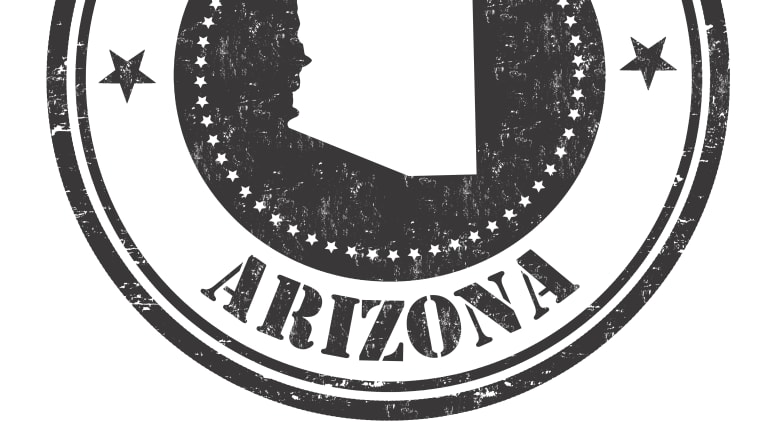It’s been more than 35 years since Ronald Reagan stated, during his first inaugural address, “Those who say that we’re in a time when there are no heroes, they just don’t know where to look.” We discovered heroes in every state, starting with the determined 69-year-old who won a match at an ITF Pro Circuit event earlier this year in the Alabama town of Pelham, and culminating with the coach who has overcome multiple sclerosis to build a winning program at the University of Wyoming. Their compelling stories of courage, perseverance and achievement demonstrate that the message delivered by our 40th President rings as true today as it did then.
When Arizona State University made the decision to cut its men’s tennis program in 2008, it was a sign of the times. A struggling economy made it even more difficult for schools to sustain men’s Olympic sports when the majority of their resources—and Title IX-allotted roster spots—were monopolized by money-making football programs.
But it still came as a shock when Ray Anderson became the athletic director of the Pac-12 school in 2014.
“I knew [Arizona State] had 22 varsity sports but, very frankly, I just assumed they had a men’s tennis team,” Anderson says. “When I got here and realized they didn’t, I was really put off by that.”
Anderson did not waste any time making changes. He and his wife, Buffie, both avid tennis fans, laid the groundwork for reinstating the men’s program, personally donating $1 million to the project. ASU outfitter Adidas put up an additional $4 million, with fundraising campaigns slated to raise the remaining $5 million.
As a result, Arizona State’s successful women’s tennis team could be rejoined by a men’s program at Whiteman Tennis Center as early as 2017. It’s exciting news for the school’s athletic community, but even more so for former members of the men’s squad.
Australian Chris Biro played for the Sun Devils until his graduation in 2006, narrowly avoiding the program’s sudden elimination two years later. Now an academic advisor at his alma mater, he appreciates Anderson’s resolve on behalf of the tennis community.
“I’ll definitely have a stronger connection [to the school] now,” he says. “I was part of a team, an organization, and then it was taken away. Now I can say, ‘Yes, I used to be a part of that.’”
Anderson’s long-term tennis outlook for Arizona State includes much more than simple reinstatement of the men’s program. In the spring of 2016, the Intercollegiate Tennis Association moved its headquarters to the sprawling Scottsdale-area campus. Plans to collaborate on a new state-of-the-art tennis facility and development center are already in the works, in hopes that the school will become a tennis hub for the southwestern United States.
“Tennis goes across gender, race and ethnicity,” Anderson says. “It’s a true international sport, and Buffie and I were delighted to contribute personally to the process. We just thought it was the right thing to do at the right time.”
